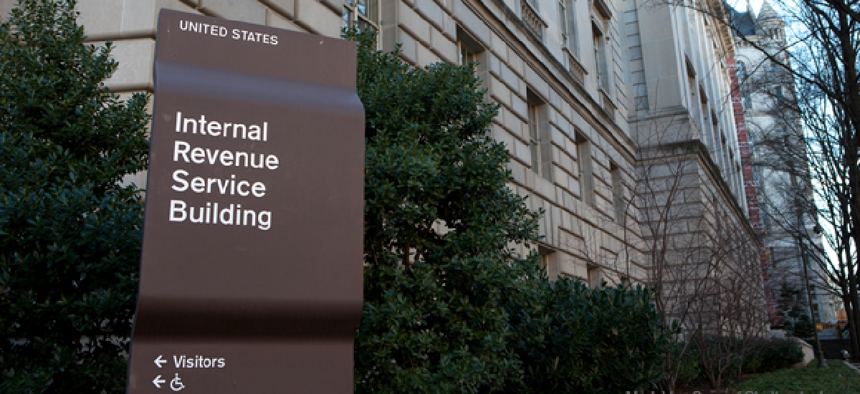GAO: IRS can increase efficiency, fairness in automated tax collection


Connecting state and local government leaders
Even though the IRS’s Automated Collection System helped the agency collect almost $6.2 billion in 2014, it’s difficult to assess the program's overall effectiveness because the agency has not identified objectives for the collection program and ACS.
The Internal Revenue Service’s Automated Collection System is hamstrung by poorly defined objectives, unclear processes and a lack of performance metrics for the ACS itself, a recent Government Accountability Office report found.
When citizens or businesses fail to pay their taxes, the IRS uses its Automated Collection System to prioritize which cases to pursue. ACS factors in the amount and type of tax owed and the likelihood of recovery, ensuring that tax laws are applied fairly and uniformly.
Even though ACS helped the IRS collect almost $6.2 billion in 2014, it’s difficult to assess the program's overall effectiveness, GAO found, because the IRS has not identified objectives for the collection program and ACS.
The ACS automatically prioritizes and selects cases of unpaid taxes and unfiled tax returns based on the IRS’s collection program priorities, meaning the ACS works first on the cases most likely to result in payment. But because there is not enough documentation of the selection method or clearly documented objectives or a definition of fairness, the IRS cannot know how well ACS contributes to the overall collection program mission.
Likewise, GAO found little formal documentation describing the ACS prioritization and selection process, nor is it regularly reviewing the ACS process. As a result, the agency may be missing opportunities to better prioritize its workload, which could improve collection results.
In order to ensure ACS cases are selected fairly, GAO recommends the IRS establish and document its objectives and selection processes, better define the term “fairness,” implement procedures for periodic evaluations and create a plan and timeframe for ad hoc evaluation follow-ups.
In its comments, IRS officials said they did not believe that the level of current documentation has undercut the effectiveness of ACS, but committed bringing the policies and procedures up to date.
NEXT STORY: Where to start with customer-experience design




